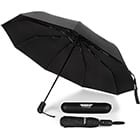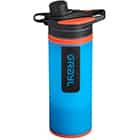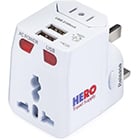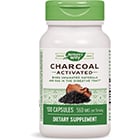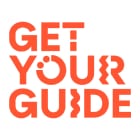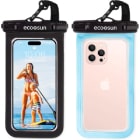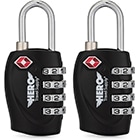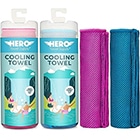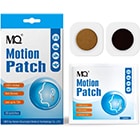Your clothing for Cambodia will depend on which parts of the country you’re visiting and what activities you’re planning to do, but lightweight fabrics and reasonably modest clothes will make the best Cambodia wardrobe. Though you’ll see tourists in revealing clothes throughout the country, covering up a bit is more respectful to the local culture, which is fairly conservative. This is especially true in more rural areas of the country, where bare midriffs and short-shorts really aren’t appropriate. The cities of Phnom Penh and Siem Reap are more forgiving, as are the beaches and islands in the south.
One thing that’s not negotiable in Cambodia, as in much of Asia, is the dress code at temples. Both men and women need to have at least their shoulders and knees covered to enter temples, and this code is strictly enforced, including Angkor Wat. Women can usually get away with large scarf or shawl over a tank top, but otherwise, sleeves are required.
In pretty much any part of the country, the weather will most likely be hot and humid every day. When you’re packing for Cambodia, choose clothes made from lightweight fabrics like linen, rayon, merino wool, or cotton blends whenever possible. For outdoors activities like cycling and trekking, the key is to wear sweat-wicking fabrics, so the same activewear you’d normally wear during the summer should be fine.





